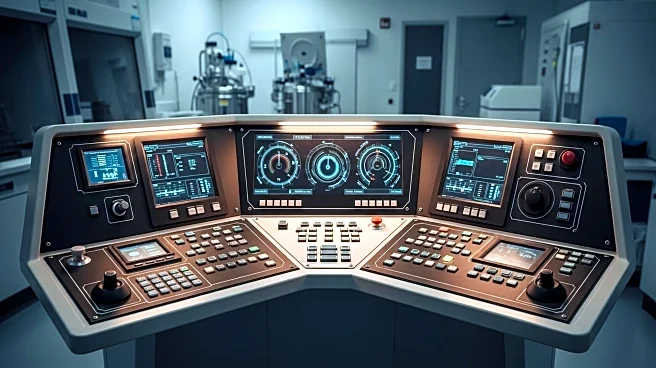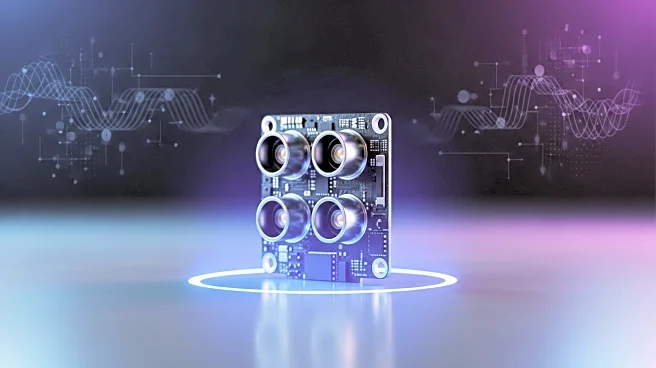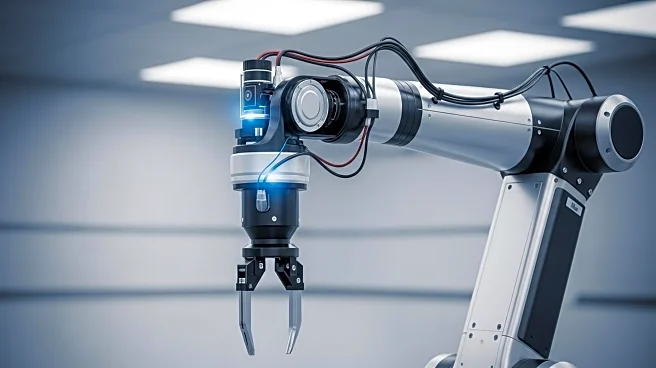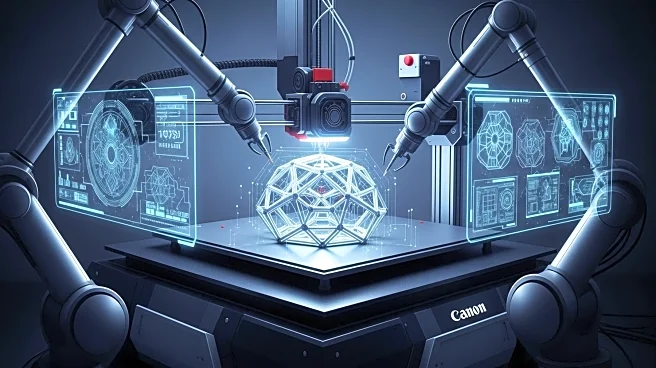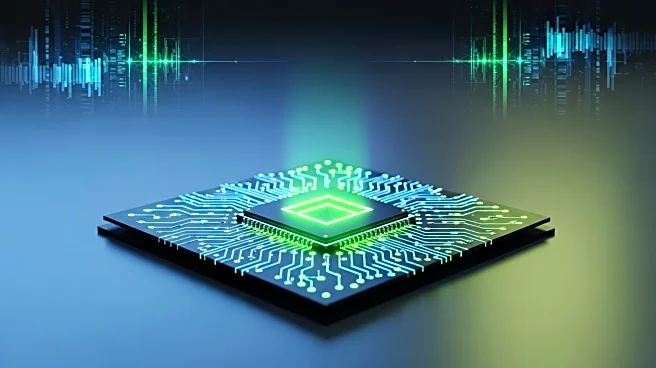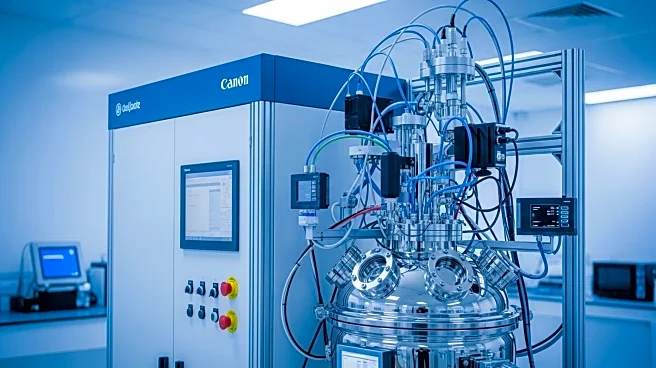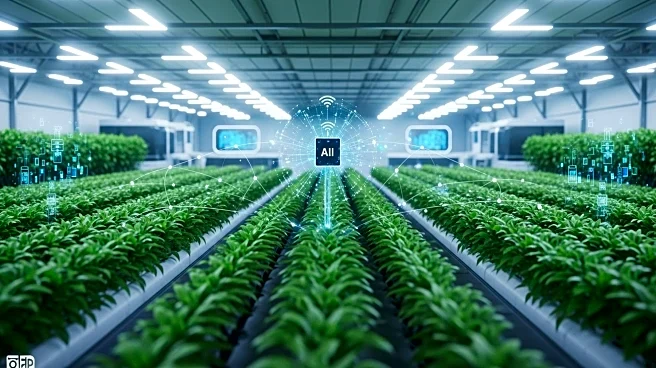What's Happening?
The bioprocessing industry is undergoing a significant transformation as it moves towards unified monitoring platforms to improve the development of complex biologics such as cell and gene therapy and mRNA products. Current technologies, which rely on at-line monitoring and off-line analytics, are being replaced by in-online and on-line analytics to support automation and enhance process control. This shift aims to enable faster decision-making and proactive process management. However, challenges remain, including the need for standardized communication protocols to ensure seamless connectivity among equipment from different vendors. The adoption of the Open Platform Communication (OPC) standard is helping to address these challenges, particularly for smaller companies that lack the resources to build specific systems.
Why It's Important?
The move towards unified monitoring platforms is crucial for the bioprocessing industry as it seeks to improve efficiency and reduce the risks of process deviations and production delays. By enhancing process control and enabling faster decision-making, companies can better manage the development of complex biologics, which are increasingly tailored to specific niches. This transformation is expected to benefit both large and small companies, as standardized communication protocols allow for vendor-agnostic interoperability and the adoption of best-of-breed solutions. The integration of AI and cloud computing further supports this shift by providing real-time data and predictive model-based approaches, ultimately making bioprocessing faster and less prone to errors.
What's Next?
The future of bioprocessing is expected to see increased automation for sampling, with offline methods being replaced by online and inline techniques. Robotics and AI will play a significant role in this transformation, providing immediate analysis and insights into upstream conditions to adjust downstream processes accordingly. Within the next 5 to 10 years, this flow is anticipated to be fully automated, although human supervision will still be required. The demand for interconnected systems that support advanced control strategies is growing, particularly in high-throughput development or continuous processes. Companies are working on developing modular, autosampler solutions and next-generation controller systems to facilitate this transition.

